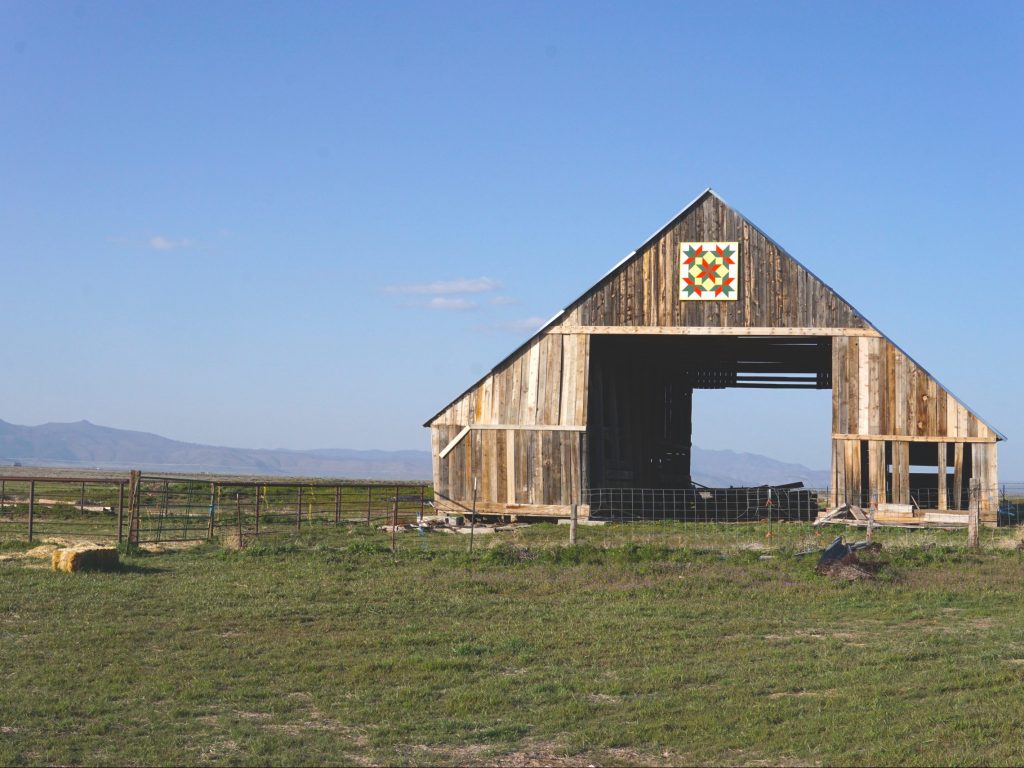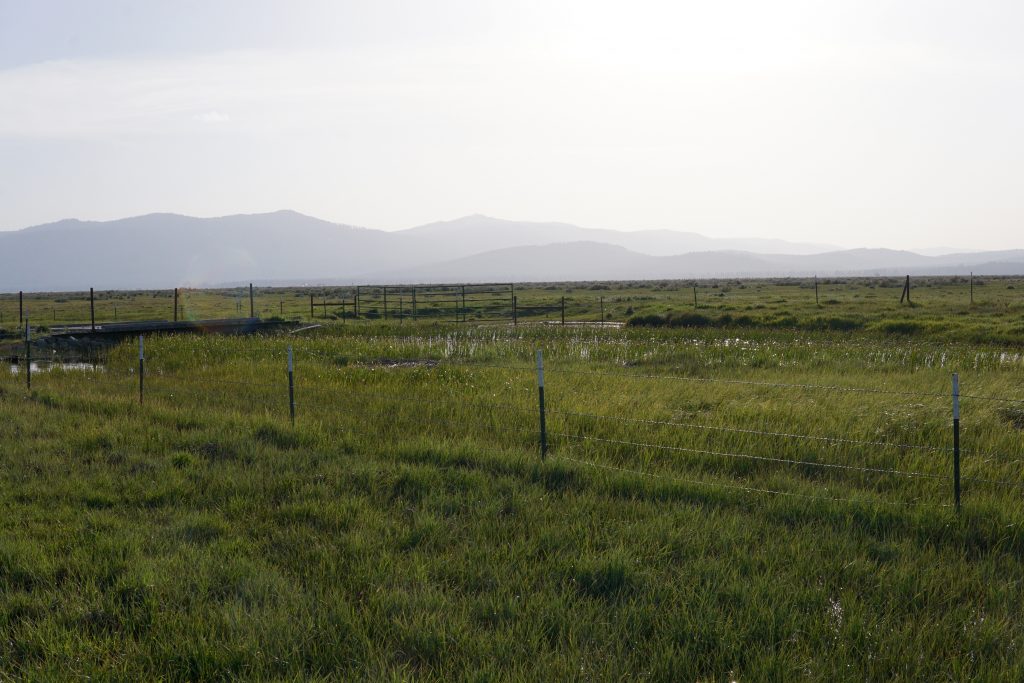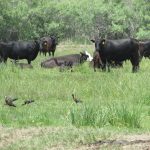California NRCS Easement Keeps the Family Ranch Intact

This article was produced in partnership with California USDA Natural Resources Conservation Service.
“He didn’t want houses built on his wife’s ashes behind his house. He wanted to have it open forever.”
Land stewardship is a concept with many meanings for many people. For multi-generation ranchers like Jim and Mary Genasci, stewardship is an ethic passed down from those that worked the land before them. Although many generations of Genascis cared for the family’s ranch in the Sierra Valley before it passed to them, it was Jim’s father, Attilio, who made the first movement to save the land for perpetuity by securing a conservation easement on 500 acres in the 1990s.
“He didn’t want houses built on his wife’s ashes behind his house,” Jim said. “He wanted to have it open forever.”
With the proceeds from the first easement with the California Rangeland Trust, Jim and his dad were able to have enough money to buy his two brothers out of their shares of the ranch. Since then, the Genascis have secured two more easements on their land. One is with the Feather River Land Trust, a local non-profit dedicated to preserving land in the Sierra Valley and the Feather River Watershed.
The other easement is through the Wetland Reserve Program (WRP) of the California Natural Resources Conservation Service (NRCS), an agency of the U.S. Department of Agriculture. Easements through that program, called Wetland Reserve Easements (WRE), provide technical and financial assistance to private landowners and tribes to restore, protect, and enhance wetlands. The Genascis’ 287.42-acre easement is on the wettest, lowest part of their 1470-acre ranch. The pasture floods naturally each spring. It also had existing irrigation infrastructure that, with a few updates, could allow water to back up and irrigate additional wetland habitat. In other words, the parcel was a perfect fit for WRE.

With the help of the California NRCS WRE Team Leader, the Genascis made the updates required by the easement terms. They replaced two concrete dams that had replaced two cedar dams that Attilio had built in the 50s. Jim and Attilio had built concrete structures that were in constant need of repair. Jim said that, before the updates, he’d had to constantly move around rocks to repair holes that would form underneath the dams when the waters rose each spring. With the new structures that were paid for by NRCS under the easement, Jim said he doesn’t have to spend two or three weeks repairing holes every year—the dams hold.
The Genascis also installed fencing along the creek to keep their cows out while still letting them graze in the meadow. Because their WRE includes a Grazing Reserve Rights option, the Genascis are able to keep the parcel working and provide an income for the ranch beyond the easement. The parcel under easement has some excellent summer forage, and they didn’t want to lose the feed associated with that. As the Grazing Reserve Rights option of WRP in California allows livestock to graze on enrolled land under a grazing management plan that the ranchers work with NRCS to develop, it was a natural solution for the Genascis.
Jim said that, beyond the addition of the fences, the plan changed the timing of how they’d been grazing the parcel previously, but only by a couple of weeks. Ultimately, it wasn’t a big shift for the ranching family to make.
“The only thing it’s really affected is that there’s more grass down there and the cows can stay on that area longer,” he said.
In a record-breaking drought like the one California currently faces, keeping water on the landscape and thus maintaining its ability to sustain livestock is a daunting task. Although the Genascis are affected by the dry conditions—Jim said the drought has “kicked him in the rear”—their WRE has afforded them a modicum of resiliency by maximizing and maintaining the benefits of a flooded pasture.
Passing the legacy along
As working ranchers, keeping their land productive is important to the Genascis. They said they want to be able to pass the land—and their lifestyle—down to their sons. Most ranchers are not in the business for the big bucks, which can make planning for family succession a tricky prospect.
“If a rancher really figures out how many hours they work and how many dollars per hour they get, it’s almost nothing,” Jim said. “There has to be a love of the land and a love of what you do.”
Mary said that both of their sons love the land, but she doesn’t see them becoming active ranchers. WRE, along with the potential income associated with the Sierra Valley’s budding farm tourism economy, could help them hang on to the property and still make a living off of it by keeping the scenic value of the land high. In an era where western real estate is booming and the populations of rural counties are growing explosively, keeping large parcels of land like the Genasci Ranch intact is no small feat.
“The money isn’t significant—we could make more money selling than we can with easements, but we believe in the goals [of the conservation easement],” Mary said. “If we didn’t we wouldn’t do it.”
Jim seconded Mary’s thoughts, saying that it is important to him and his family to run their ranch and take care of their property in a way that sustains it for the future. WRE, he said, made doing so possible.
“Life is so short, I think you have to do things that make you feel good,” Jim said. “I want to think that I have done something that will have a significant impact for future generations. With easements, you keep the beauty and the productivity of the ranch for perpetuity. Hopefully, our grandchildren and their children will appreciate the open magnificence of the ranch.”
USDA is an equal opportunity provider, employer and lender.
Get in Touch
Nate Key, WRE Team Leader, California
Natural Resources Conservation Service
Yuba City Field Office, California
Phone: 530-216-5856
Email: Nathan.Key@usda.gov


